Toddler left screaming in pain and has skin removed after 'Britain’s most dangerous plant' covers him in blisters
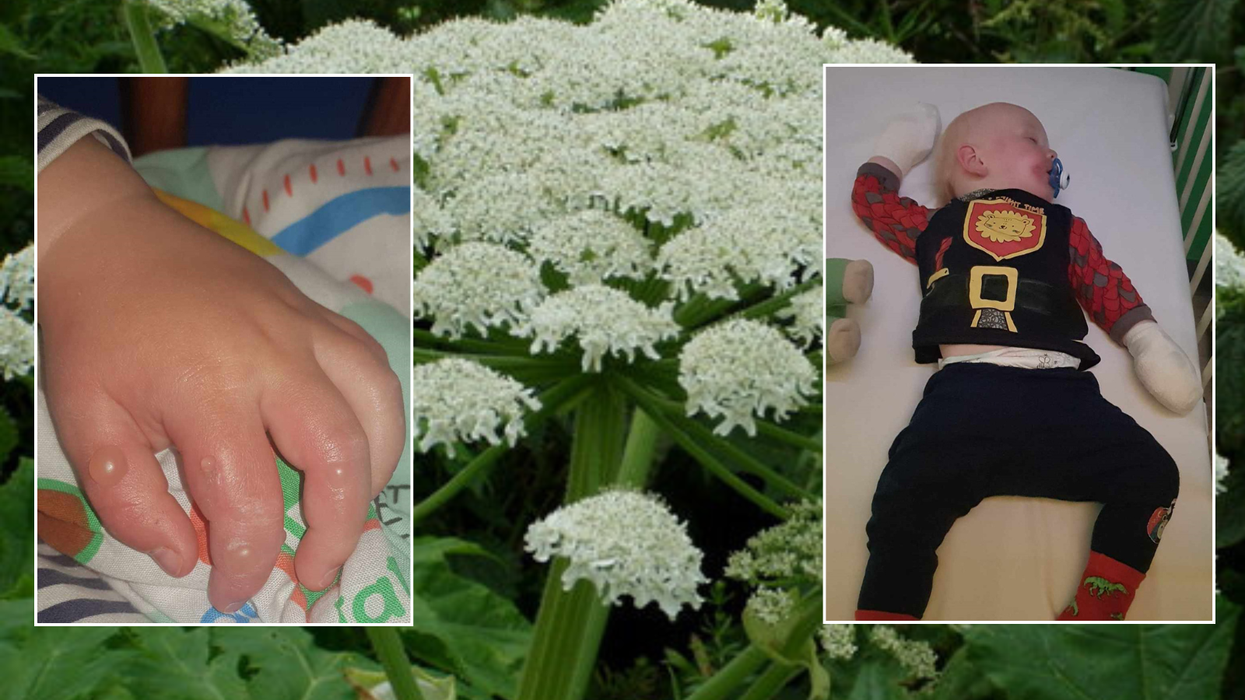
A toddler had to have parts of his skin removed after 'Britain's most dangerous plant' covered him in blisters
|Penn News

His mother is urging parents to be vigilant against the dreaded giant hogweed
Don't Miss
Most Read
A toddler had to have parts of skin removed after he encountered “Britain’s most dangerous plant”.
Kayvon Wright was sent to a burns unit after developing painful blisters when he touched the giant hogweed whilst he was out for a walk with his mum in Somerset.
His mother first noticed red spots developing on her son’s face and mouth after they returned from their walk near the Chard Reservoir.
Whilst initially diagnosed as chickenpox, the young boy was quickly sent to hospital, where doctors began removing parts of his skin, an experience his mum describes as “absolutely horrible”.
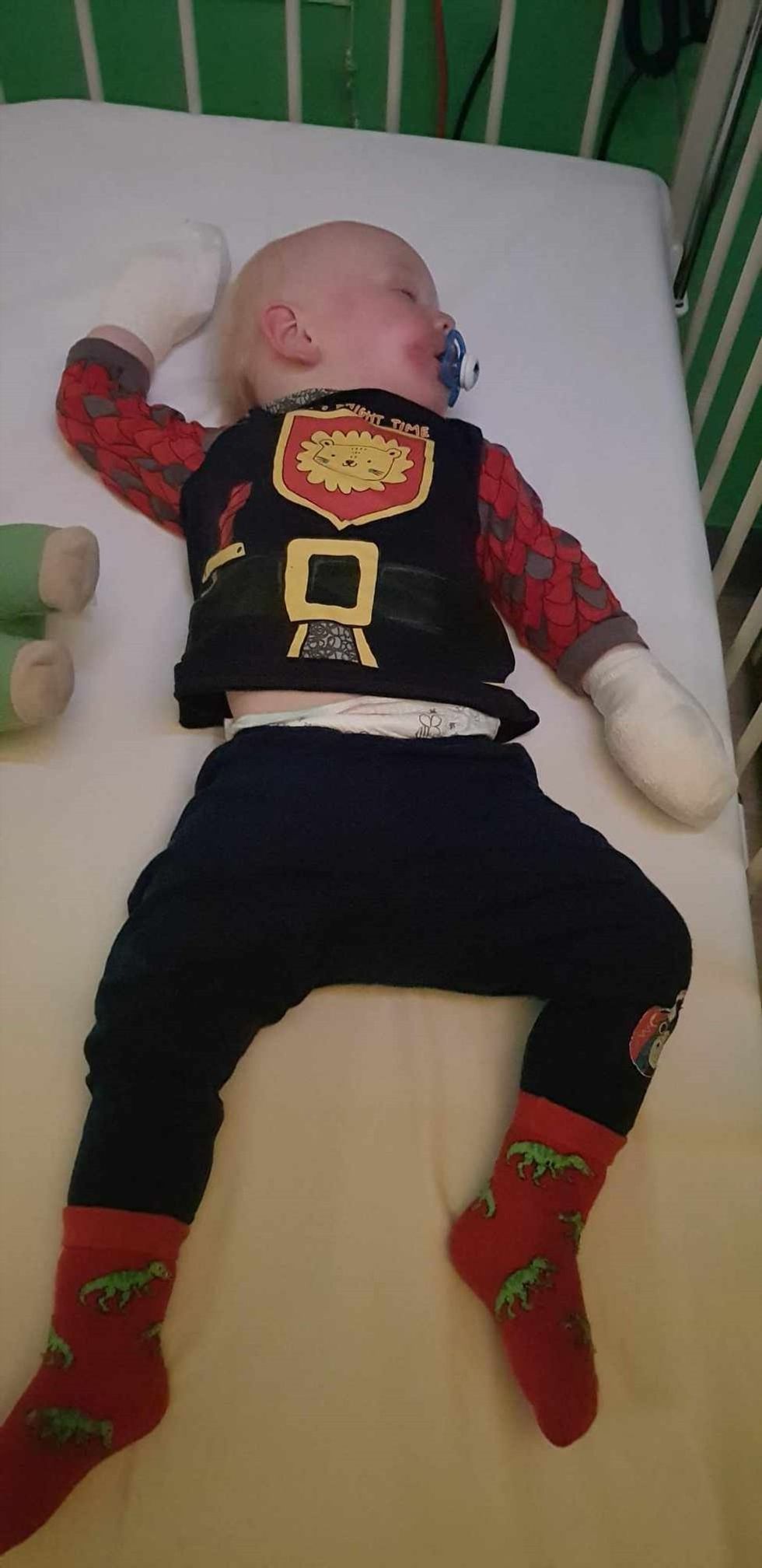
Kayvon Wright had to have parts of skin removed after touching the giant hogweed
|Penn News
Mum Samantha Morgan from Ebbw Vale, Wales, said: “The blisters filled up, and they spread all over his mouth and his face.
“He had a massive blister on his face and it popped on his cheek, and it was oozing.
“When we went to the Bristol burns unit they had to remove some skin.
“I think that was the most horrific thing for me: I will never forget my son’s screams as they were taking his skin off him.”
She continued: “He was in so much pain that he was just lethargic, he didn’t want to do anything, he was just lying in a hospital bed with bandages on his hands and his legs.
“Normally he’s really active and outgoing, but he was just lying there not doing anything.”
LATEST DEVELOPMENTS:
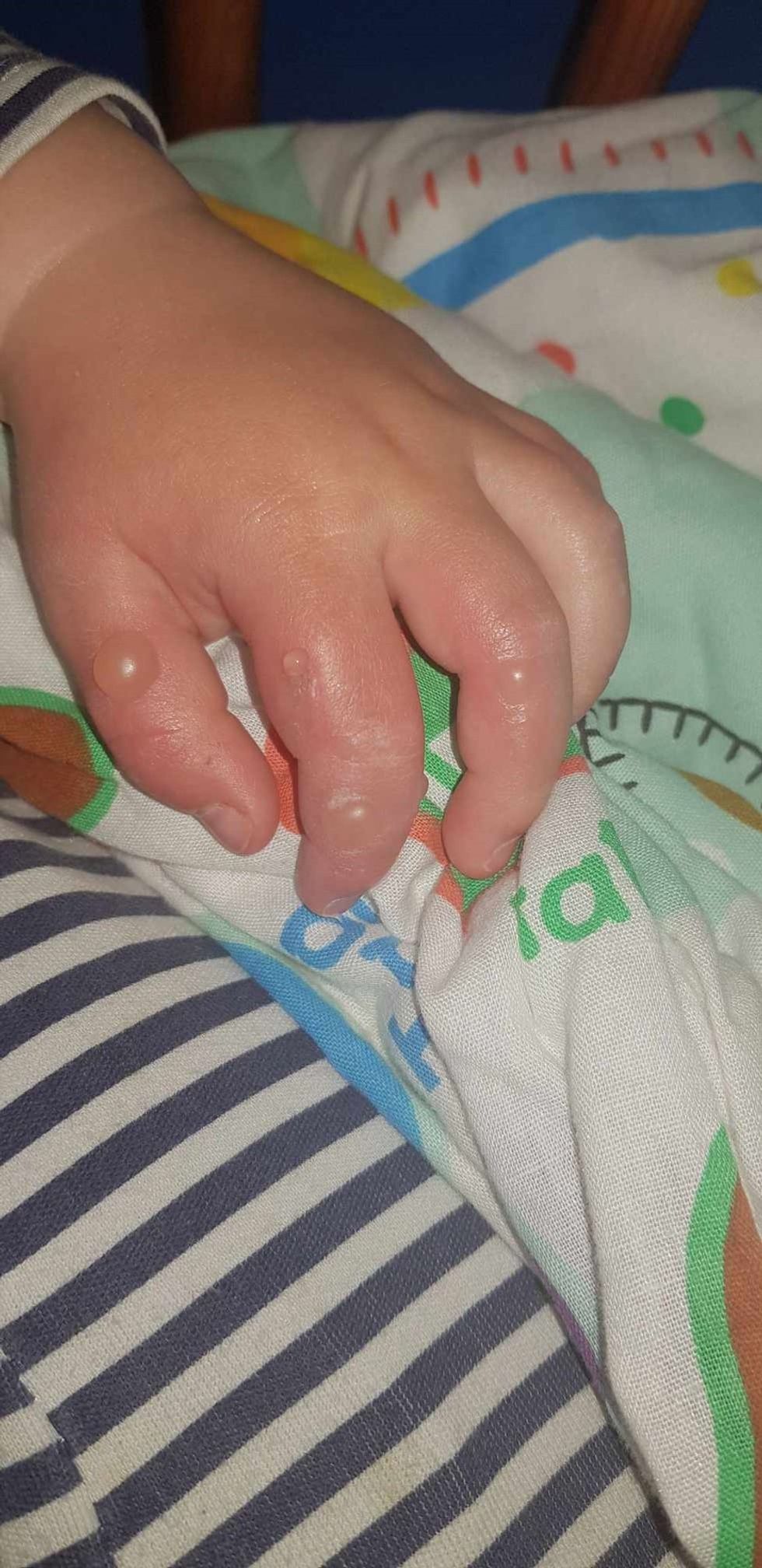
The red spots soon turned into blisters which began to burst
|Penn News
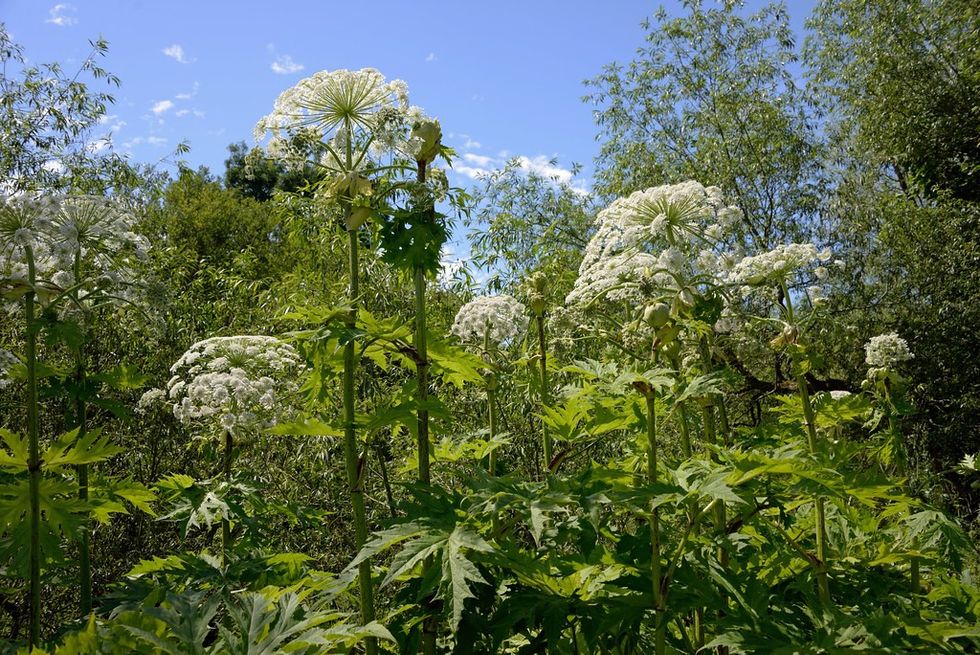
It was called “without a shadow of a doubt, the most dangerous plant in Britain” by Mike Duddy, of the Mersey Basin Rivers Trust in 2015
|Flickr
The plant carries a sap that stops the skin from protecting itself against the sun’s rays, causing gruesome burns when exposed to natural light.
It often causes no immediate pain, meaning its victims can continue to burn in the sun oblivious of any problem.
Morgan, 32, said Kayvon would’ve “literally just brushed against it”.
She said: “He was just walking up the pathway that goes up to the reservoir, and obviously he’s just grabbing hold of everything that he can, touching plants and flowers.
“We didn’t even know hogweed existed.”
She said he touched his face, and spread it around his body, however, they didn’t notice any sores until the next morning.
It began as red spots on his hands, before developing into small blisters, which soon began to grow in size.
She continued: “He had to go on antibiotics just in case of infections, he had to have drips for fluids, and pain relief. It was quite a lot. I think he was in Bristol burns unit for six or seven days.
“I think it was mostly second-degree burns, nearly third-degree.
“It’s almost like he’d had a chip pan poured over him, the burn was that severe.”
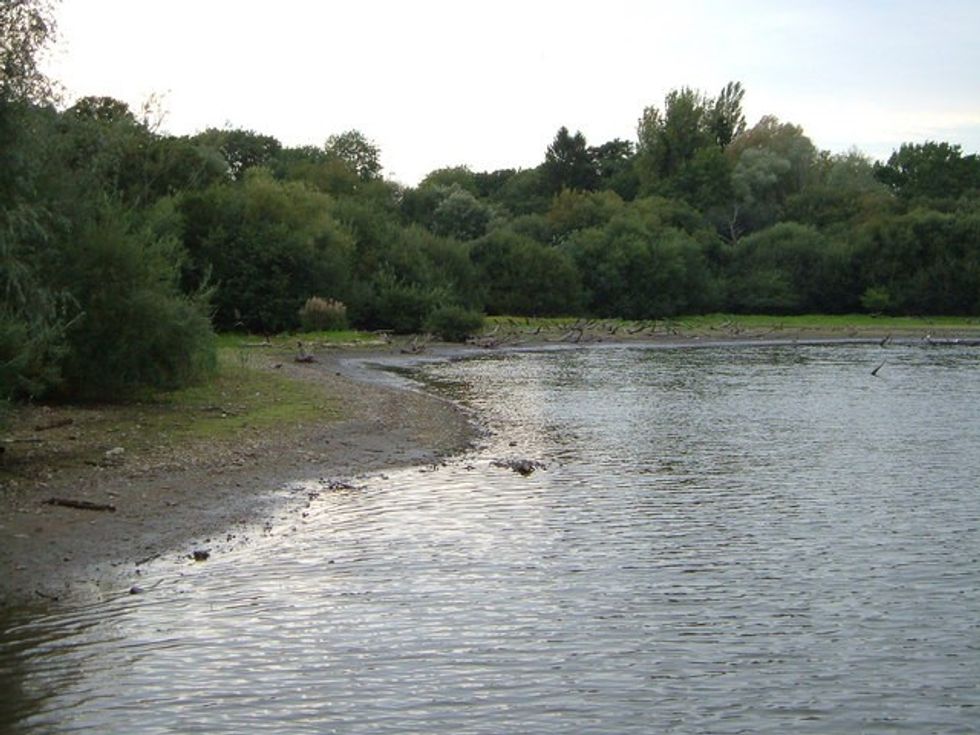
The toddler touched the dreaded giant hogweed whilst he was out for a walk with his mum at Chard Reservoir, in Somerset
|Wikimedia Commons
The ordeal happened in 2019 and his mum is now speaking out to make other parents aware of the dangers of the plan before it makes its annual return.
The plant flowers in June and July, but burns have been reported earlier.
Morgan said: “Every year I put a post on Facebook about it now and so do my friends, because we like to raise awareness of it as much as we can. None of us even knew it existed before my child got burned with it.”
Kayvon, now six, had big red blotches on his skin for eight months after he was burned. His skin has only just begun to get its natural protection back, and his mum needs to apply vigorous amounts of suncream on the areas where his skin was removed.
Morgan, who now lives in Somerset, urged parents to be vigilant against the plant.
She said: “You don’t expect to be walking down the street with your child, your child picks a flower and all of a sudden ends up burnt.
“Children themselves have no awareness of it. I think it’s about raising awareness of different plants and how dangerous they can be.
“Don’t just let them touch everything.”
The plant is native to the Caucasus region but was introduced to Britain as an ornamental plant in 1817.
It was called “without a shadow of a doubt, the most dangerous plant in Britain” by Mike Duddy, of the Mersey Basin Rivers Trust in 2015.










